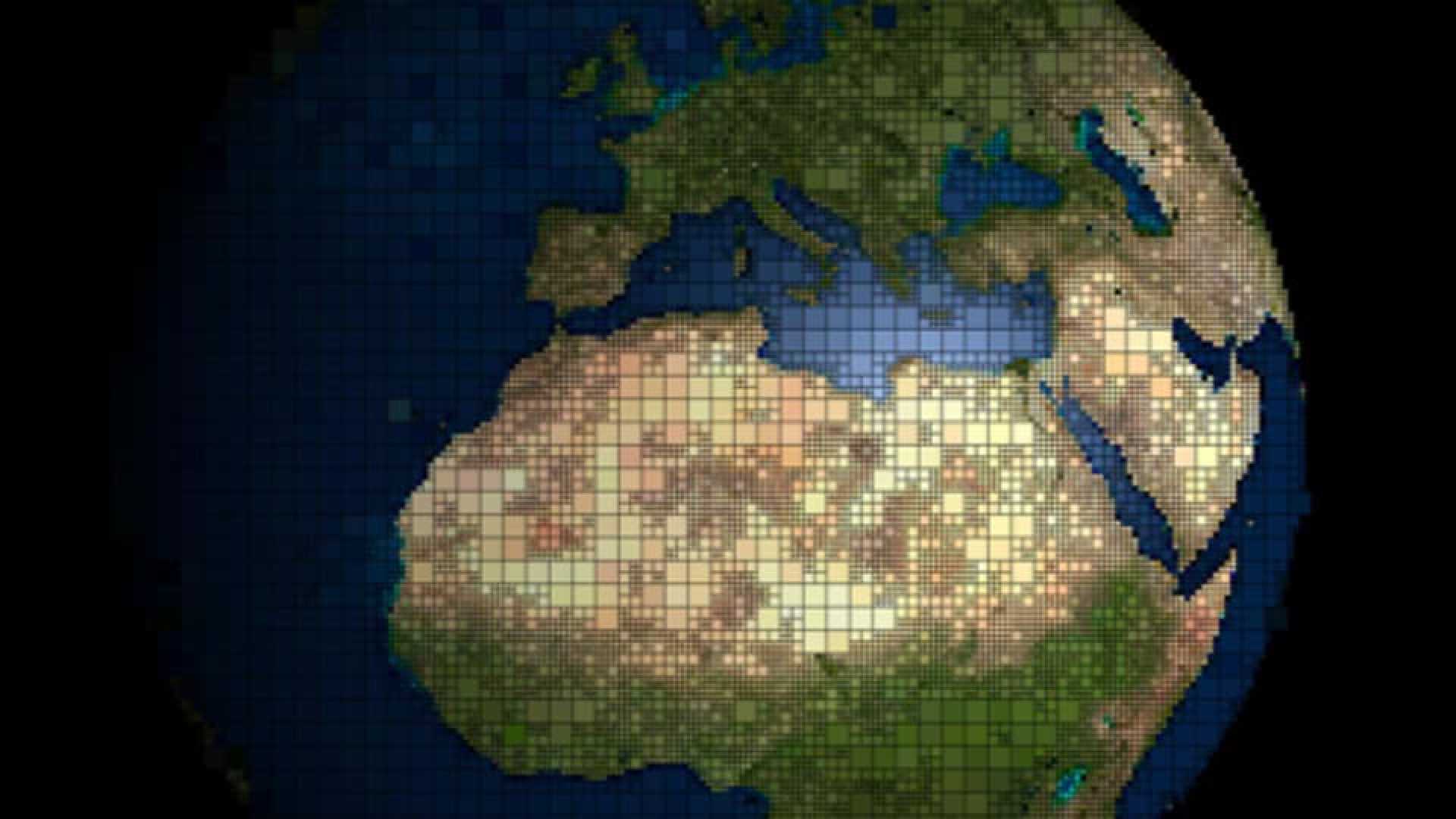News
Google Doodle Commemorates Oskar Picht and the Braille Typewriter

On September 23, 2024, Google dedicated its latest doodle to Oskar Picht, the German inventor credited with creating the first braille typewriter. This invention was significant in enhancing inclusivity for the visually impaired, allowing them to type more rapidly and with greater precision.
The Google’s modified logo for the day, designed by Kiel-based artist Ute Dietz, features a bronze typewriter adorned with braille engravings on a bronze base. The image is complemented by icons of stationery items and tools such as a screwdriver, symbolizing Picht’s engineering prowess. In a commitment to accessibility, the artwork is presented in a tactile format at the Accessibility Discover Center in Google’s Munich office, providing an experiential dimension for visitors, including those who are blind.
Oskar Picht was born in Hamburg, Germany, in 1871. He embarked on a career in teaching soon after completing his education but developed a deep interest in educating the blind. To pursue this interest, he studied at the State Institute for the Blind in Berlin-Steglitz, a move that shaped his future endeavors.
Picht invented his first braille typewriter in 1899 and secured a patent for it in 1901. His relentless pursuit of improving the device led to continuous enhancements over several decades, resulting in a significant patent update in 1931. The upgraded machine featured six keys enabling different combinations of dot indentations, making it easier for the blind to use.
Besides his contributions to technology, Picht was a staunch advocate for the education of the visually impaired. He held leadership roles at the Blind Institution in Bromberg from 1910 to 1912 and later at his alma mater from 1920 to 1933. Notably, he delivered the first radio lecture about the blind, underscoring his dedication to advancing educational opportunities and technological accessibility for blind individuals.












